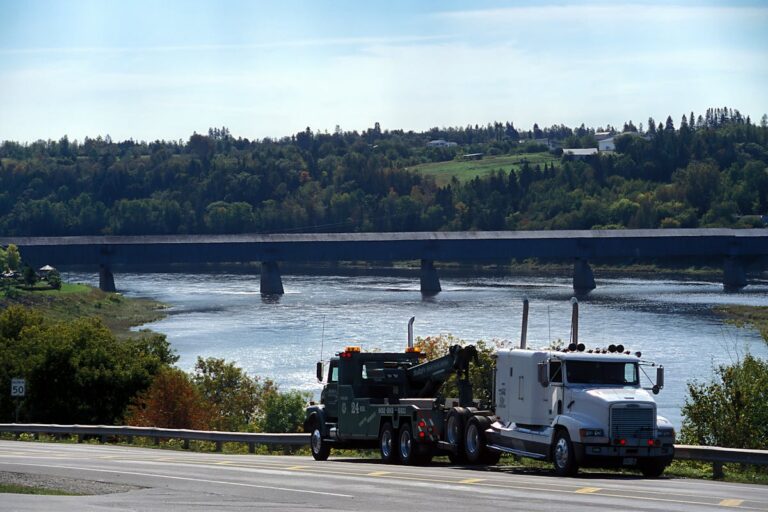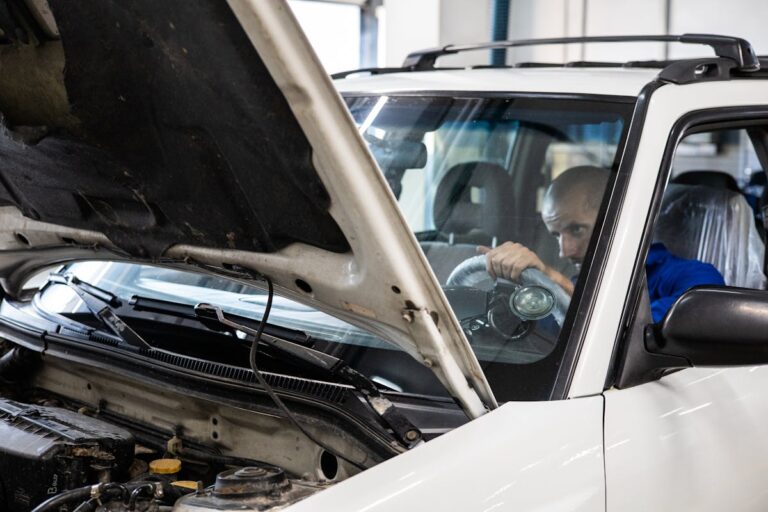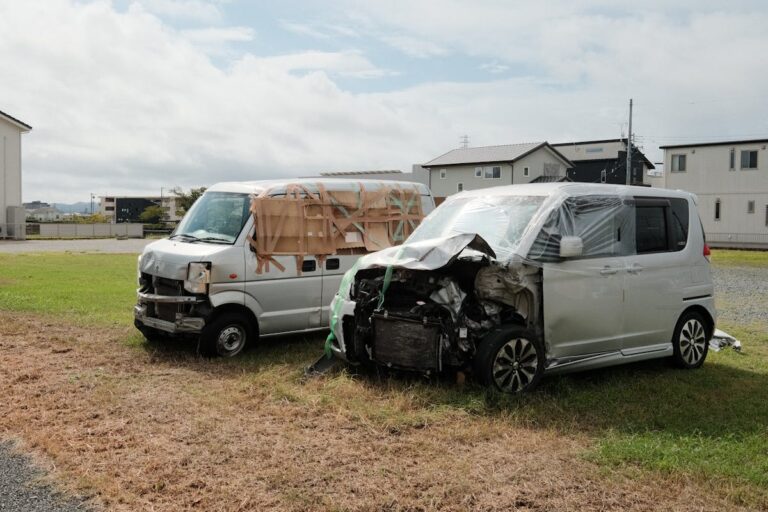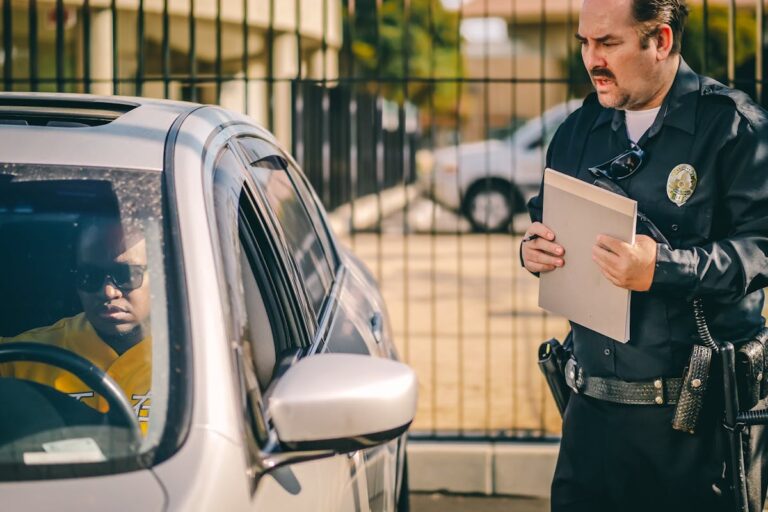In the aftermath of an automotive accident, ascertaining the safety of your vehicle for continued use is of paramount importance. A thorough examination, beginning with the visible damage, fluid leaks, tire condition, alignment, brake functionality, and the condition of lights and signals, is essential. Nevertheless, it is critical to note that your initial assessment might miss hidden problems that could compromise your safety. Consequently, a professional inspection should be considered in the event of any uncertainties. Let’s discuss these steps in further detail.
Assessing Initial Visible Damage
In the aftermath of an automobile accident, the first step towards determining if your car is safe to drive involves evaluating the initial visible damage. This visible damage assessment process, while simple in theory, requires a keen eye and a thorough understanding of automobile architecture.
Visible damage can range from superficial exterior scratches to more critical problems like structural deformities. While minor surface damage such as dents and scratches might not affect the vehicle’s operational capability, they can hint at underlying, more severe issues. Hence, a detailed damage severity evaluation is essential.
Key areas to inspect include the vehicle’s tires, lights, mirrors, and windows. Damaged tires or wheels can greatly compromise vehicle control, while broken lights and mirrors might adversely affect visibility and safety. Cracked or shattered windows can also pose a threat, particularly in adverse weather conditions.
Moreover, evaluating the vehicle’s body for signs of misalignment is imperative. Visible deformities in the car’s frame may indicate potential suspension or axle damage, compromising the vehicle’s stability and handling.
Checking for Fluid Leaks
Following an accident, the detection of vehicle fluid leaks is an essential step in ascertaining the vehicle’s safety for continued operation. This requires discerning among various potential fluid leaks, from coolant to brake fluid, and understanding their implications for vehicle safety. A thorough approach that takes into account both the type of fluid and the severity of the leak can provide critical insights into the vehicle’s post-accident status.
Identifying Different Fluid Leaks
Post-collision evaluations often involve a thorough inspection for fluid leaks, a clear sign of potential damage. Understanding different fluid types and leak sources is crucial in these assessments.
Car engines comprise various fluid types, each serving a unique purpose. Engine oil, brake fluid, coolant, power steering fluid, transmission fluid, and windshield washer fluid are some of the most common. Identifying these fluid types is typically based on their color and consistency. For example, engine oil is generally dark brown or black and is thick, whereas coolant is often bright green and slimy.
Leak sources can be traced back to various components of the vehicle. Engine oil leaks may emerge from the oil pan, filter, or engine seals. Coolant leaks often originate from the radiator, water pump, or hoses. Transmission fluid leaks may stem from the transmission pan, cooler lines, or seals.
To effectively identify fluid leaks, it’s imperative to note the location, color, and consistency of the leaking substance. A pool of fluid under the car, stains on the driveway, or low fluid levels on the dashboard indicators are indications of leaks. Careful inspection can reveal whether a vehicle is safe to drive post-accident or needs immediate repair.
Impact of Leaks on Safety
While it might seem trivial at first glance, unchecked fluid leaks can greatly compromise the safety of a vehicle, particularly after an accident. These leaks can originate from a variety of leak sources, each associated with different fluid types, and each having a unique impact on vehicle safety.
Understanding the fluid types involved in these leaks is vital. For instance, oil leaks can cause engine damage if left unresolved, potentially leading to abrupt stalling or engine failure. Brake fluid leaks could result in decreased braking efficiency, a severe safety threat. Coolant leaks, on the other hand, might lead to overheating, causing serious engine damage and could even result in a fire.
Identifying the leak sources can be equally essential in mitigating safety risks. Leaks from damaged hoses or connectors might be easier to repair, but those arising from structural damage, such as a punctured oil pan, could indicate more significant problems. The location of leaks also matters, as leaks near the exhaust or hot engine parts could potentially ignite flammable fluids.
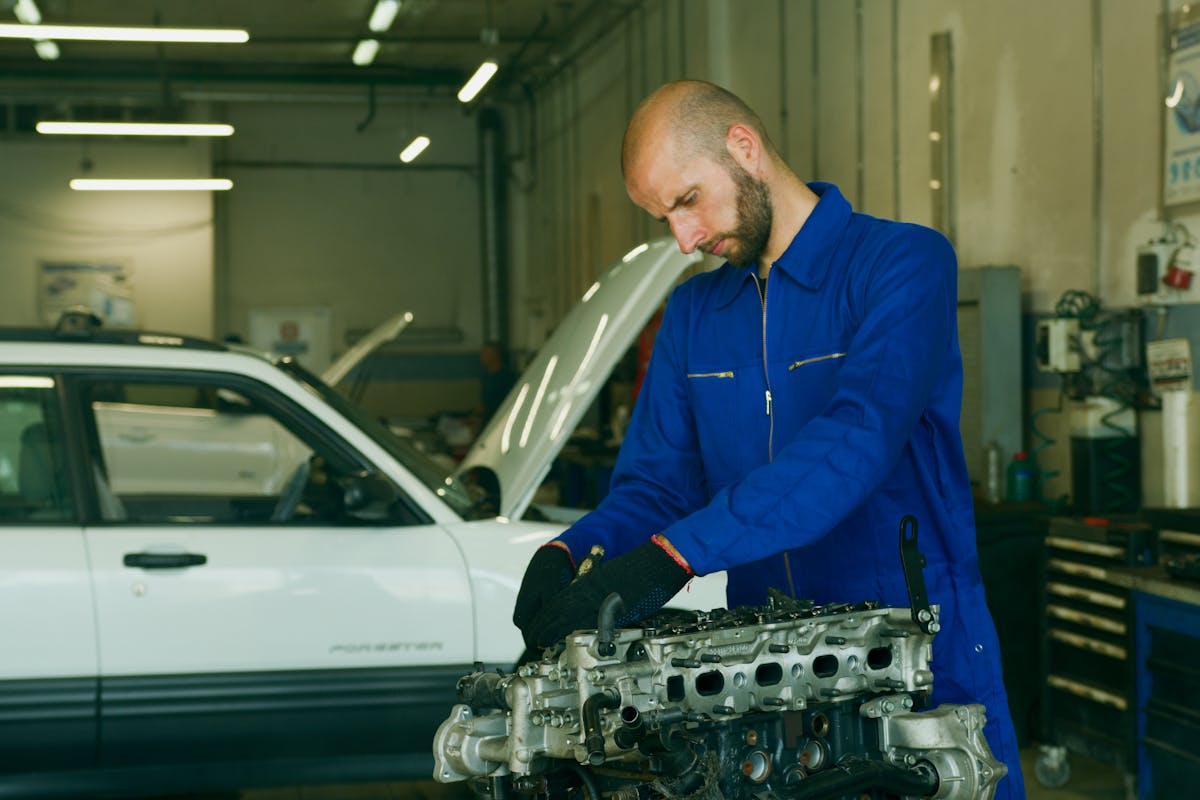
Inspecting Your Tires
After a vehicular accident, the integrity of your car’s tires should be a primary concern. Upon first inspection, look for noticeable damage such as punctures, cuts, or bulges in the sidewalls. An overlooked tiny puncture could lead to a dangerous blowout at high speeds.
Beyond visible damage, two significant aspects to take into account are tire tread and tire pressure. The tread of your tire is vital for maintaining traction on the road. Use a tread depth gauge to measure the remaining tread. If the depth is less than 2/32 of an inch, the tires are not safe and need to be replaced.
Tire pressure can drastically affect handling, braking, and the overall stability of the vehicle. Use a tire pressure gauge to measure the pressure in each tire. Compare the reading to your car manufacturer’s recommended tire pressure, which can be found in the vehicle’s manual or on a sticker inside the driver’s door.
It’s important to remember that tires can sustain internal damage that isn’t visible. If you’re unsure about the safety of your tires, consult a professional to ascertain your vehicle is safe to drive.
Evaluating Car Alignment
Making certain the proper alignment of your vehicle is another vital aspect of determining its roadworthiness following an accident. Alignment issues can lead to a slew of problems, including poor steering response and premature tire wear, which can compromise your vehicle’s safety and performance.
- Check for Uneven Tire Wear: Uneven tire wear is often a clear indicator of potential alignment issues. If one side of your car’s tires is more worn than the other, it suggests that your vehicle is pulling to one side due to misalignment.
- Assess Steering Response: Pay attention to how your car responds when you steer. If your vehicle is slow to respond or if it pulls to one side, it may indicate a misalignment issue.
- Inspect for Crooked Steering Wheel: A crooked steering wheel when driving straight is an evident sign of misalignment. This can affect your ability to control the vehicle, especially at higher speeds.
- Identify Vibration Issues: If your vehicle vibrates while driving, it may be due to misalignment. This vibration is usually felt through the steering wheel, and it can cause considerable discomfort as well as potential safety issues.
Consequently, a thorough evaluation of car alignment is essential to guarantee your vehicle’s safety post-accident.
Testing Brake Functionality
Having meticulously assessed the alignment of your vehicle, the next focal point in determining its post-accident safety is testing the brake functionality. Braking systems are integral to vehicle safety, and any compromise in their efficiency could lead to catastrophic outcomes.
The first step in this evaluation is performing brake responsiveness tests. This entails driving at low speeds in a controlled environment and applying the brakes intermittently to assess their response time. Any noticeable delay or reduced responsiveness could be indicative of brake system damage.
Furthermore, visual and tactile examinations of the brake pad condition are essential. Worn or damaged brake pads can greatly decrease braking efficiency and should be replaced immediately if found wanting. Verify you check the thickness of the brake pads, as a thickness of less than a quarter inch is considered unsafe.
Listen for unusual noises such as squeaking or grinding when the brakes are applied. These could signal that metal components in the braking system are rubbing against each other due to worn-out brake pads.
Examining Lights and Signals
One essential aspect of post-accident vehicle safety assessment involves examining lights and signals. After a collision, it’s critical to verify the vehicle’s light functionality and signal visibility are still satisfactory. Neglecting this step risks not only your safety but also that of other road users.
To thoroughly examine your vehicle’s lights and signals, follow this four-step process:
- Headlights: Check both low and high beam function. Confirm they illuminate correctly and brightly enough to guarantee visibility in dark conditions.
- Taillights and Brake Lights: With the help of another person, verify the taillights respond accordingly when the brakes are applied.
- Signal Lights: Test the right and left turn signal lights. Confirm they flash at an appropriate pace and are clearly visible from a reasonable distance.
- Emergency Flashers: Finally, activate your hazard lights and check they flash synchronously and can be seen from all angles.
Each step is essential to establish that your vehicle’s lights and signals are working correctly. Remember, maintaining light functionality and signal visibility is not merely a legal requirement; it could also potentially save lives.
Professional Inspection Guidance
Despite the thorough assessment of lights and signals, it’s imperative to not overlook the value of a professional inspection after an accident. Professional inspections uphold a rigorous set of professional standards, ensuring that no stone is left unturned in the examination of your vehicle’s safety and functionality.
A detailed inspection checklist is utilized during this process, covering aspects often overlooked by the untrained eye. These include suspension components, alignment, and unseen structural damage that could potentially compromise the car’s integrity. This exhaustive process aims to identify any underlying issues that may not be immediately apparent, but could pose significant safety threats in the long run.
Professional inspectors also have access to specialized tools and equipment that enable them to perform a more extensive evaluation. For instance, they can check the car’s computer system for any error codes that might indicate a problem with the engine, transmission, or other essential systems.
Frequently Asked Questions
Should I Contact My Insurance Company After an Accident?
Yes, contacting your insurance company after an accident is essential. Reporting the incident can initiate insurance claims, allowing you to utilize your policy coverage for any necessary repairs, ensuring your vehicle’s continued safety and operability.
What if My Airbags Have Deployed, Is My Car Still Safe?
If your airbags have deployed, it indicates a significant impact. It’s essential to have a professional vehicle inspection to assess airbag functionality and overall safety before determining if the car is safe to drive.
When Should I Consider Getting a Rental Car After an Accident?
Consider getting a rental car after an accident if your vehicle requires extensive repairs or is deemed unsafe. Evaluate your rental car options and check your insurance coverage to understand the available rental provisions post-accident.
How Long After an Accident Can Injuries Show Up?
Injuries may manifest post-accident within hours to several days, due to delayed symptoms. This latency period can obscure underlying injuries, making immediate medical consultation essential despite an absence of immediate pain or discomfort.
What Should I Do if I Suspect the Other Driver Was at Fault?
If you suspect the other driver was at fault, document the accident scene, gather witness statements, and report the incident to your insurance company for fault determination and potential insurance claims processing.

